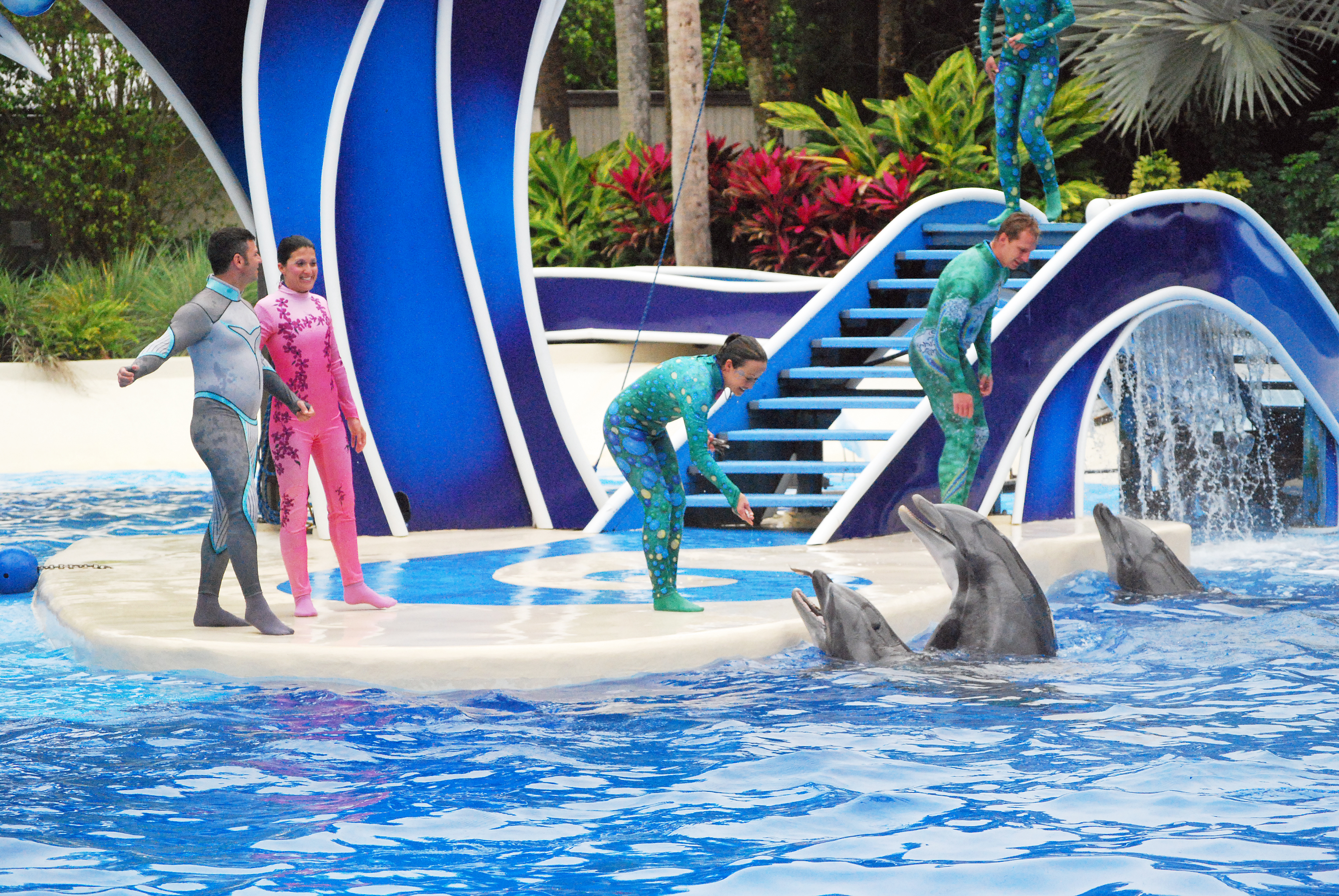

After several years of deliberation, the National Aquarium, based in Baltimore, announced that they would retire their captive dolphins to a sea pen sanctuary, possibly in the Florida Keys or an island in the Caribbean. The move is slated to come at the end of 2020.
The news was greeted by anti-captivity activists with cheers and a wave of vindication.
Said David Phillips, Director of the International Marine Mammal Project:
“The general public is making it known that they oppose the inhumane holding of dolphins and whales in concrete tanks. There isn’t a single captive cetacean that wouldn’t benefit by being retired to seaside sanctuaries.”
He continued: “Seaworld recently made a big mistake by rejecting whale and dolphin retirement. The National Aquarium is rightly seeing that the proper future is sea sanctuaries, not concrete tanks.”
Aquarium CEO John Racanelli told The Associated Press: "We've learned a lot, obviously, about how to take care of them, about how to ensure that they thrive. As that learning evolution has continued, it's become clear to us we can go even further in terms of their health and welfare by taking this kind of step."
In 2012, Racanelli canceled the circus-like performances of the aquarium’s dolphins, preferring instead to conduct more low-key educational presentations by the trainers about the dolphins and how they are kept. He further announced at that time that he was interested, in light of the growing science about dolphins, to retire them to a more natural sea pen, where the dolphins could have a more natural existence than that in a concrete box.
There are currently eight dolphins at the National Aquarium, seven of which were born in captivity and have never experienced a life in the ocean. Therefore, it is highly unlikely that these dolphins could be released to the wild, but they can be safely maintained in far more humane lives in the sanctuary. The sea pen will be considerably larger than the tanks that currently house the dolphins in the aquarium, they will have natural seawater, and a medical pool will be included as well as frequent feedings, etc. The aquarium will consider the possibility of allowing the public access to see the dolphins later.
In 2011, the dolphin facility was closed amid controversy about the deaths of two baby dolphins at the aquarium. That event, and the adverse publicity, as well as consultations with scientists such as Dr. Lori Marino, led Racanelli to consider the option of retiring the dolphins to a sanctuary.
SeaWorld still stubbornly refuses to accept the option of sea pen sanctuaries for their orcas and dolphins. "Sea cages for our whales are high risk," SeaWorld spokeswoman Aimee Jeansonne Becka told the Associated Press. “Sea cages” is the new SeaWorld derogatory name for sea pen sanctuaries.
IMMP is working with Dr. Marino and several other leading conservation organizations to establish the world’s first cold-water sea pen sanctuary, suitable for orcas, belugas, and other cold-water dolphins. Learn more about the Whale Sanctuary Project.
IMMP is helping lead the effort to retire captive dolphins and whales through our active advocacy and litigation. Please consider a donation to help our work.
